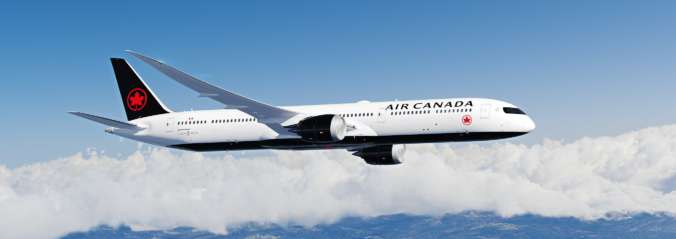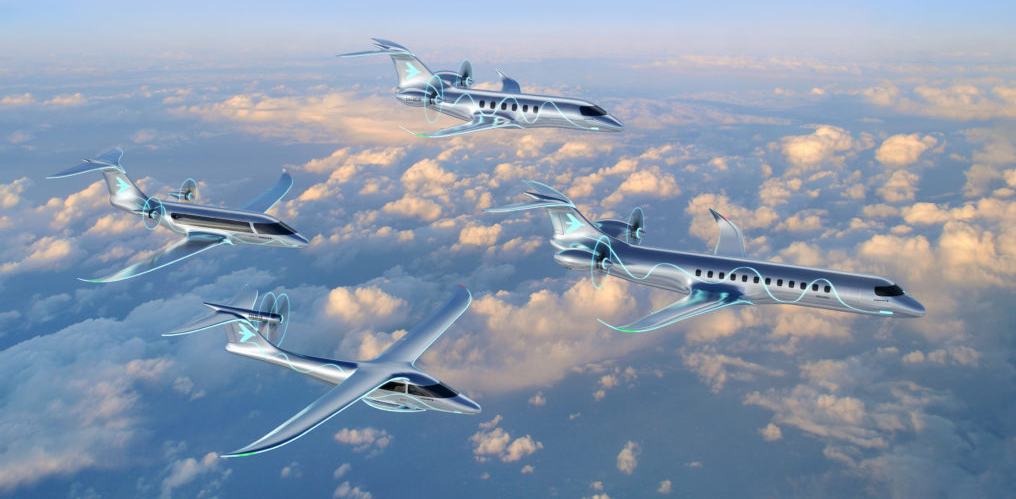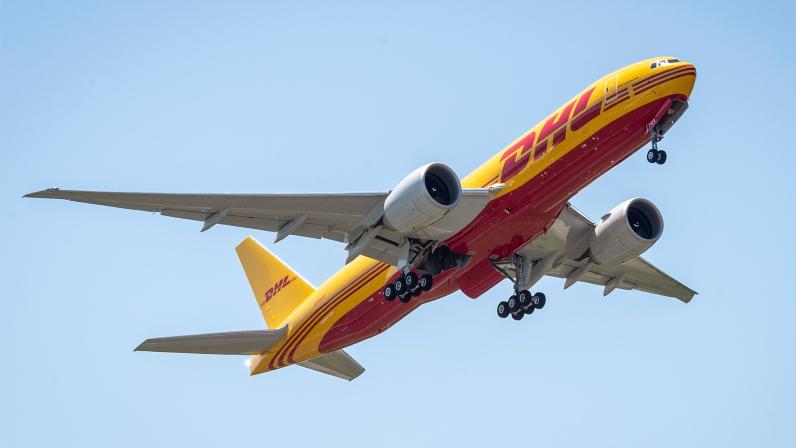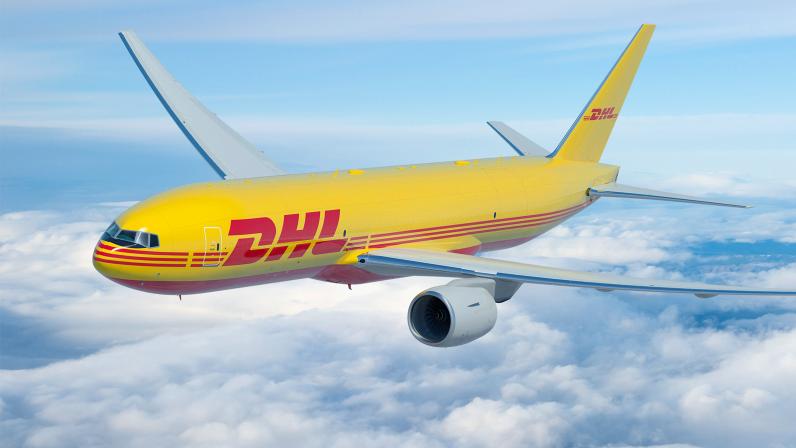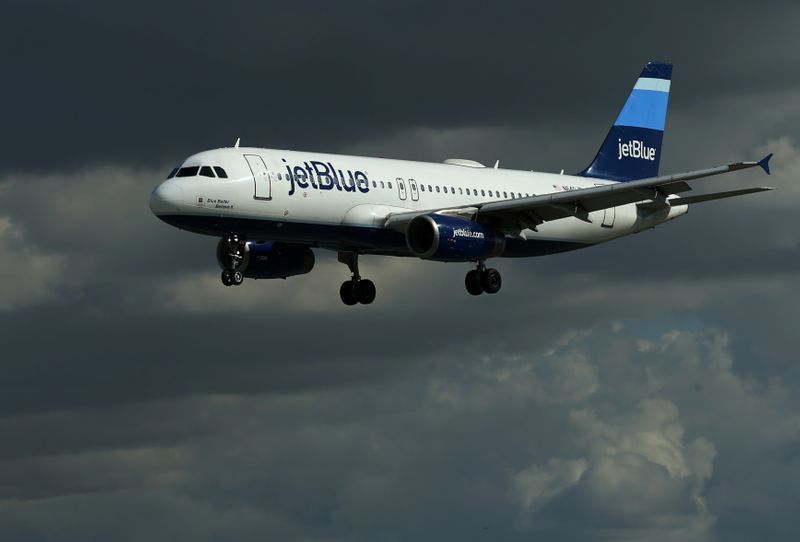Seattle, Washington, September 25, 2023, PRNewswire – Boeing (NYSE: BA) and Air Canada (Toronto: AC) announced today the carrier is selecting the 787 Dreamliner to further modernize and grow its fleet with an order for 18 787-10 widebody jets, with the option to purchase 12 more. The flag carrier of the country, Air Canada will deploy the new fuel-efficient airplanes as part of its broader strategy to reduce carbon emissions while expanding its global route network.
Reducing fuel use and improving efficiency by up to 25% compared to previous generation jets, the 787 helps advance Air Canada’s ambitious environment goals over the next several decades. The carrier is positioned to optimize its fleet as it adds international routes in new and existing markets, further benefiting from the Dreamliner family’s route flexibility and operating economics.
Air Canada currently operates a fleet of 38 787s, including eight 787-8 and 30 787-9 jets. The largest model in the family, the 787-10, can carry up to 336 passengers with a range of 6,330 nautical miles (11,730 km).
With the selection of the 787 Dreamliner family, Air Canada is supporting economic growth and jobs across the Canadian aviation industry. Canada is among Boeing’s largest international supply bases with more than 550 suppliers. There are more than a dozen Canadian suppliers supporting the 787 program, including Boeing’s aerospace composite manufacturing facility in Winnipeg. Each year, Boeing contributes around $4 billion Canadian dollars in economic benefit to the country while supporting more than 14,000 direct and indirect jobs.
